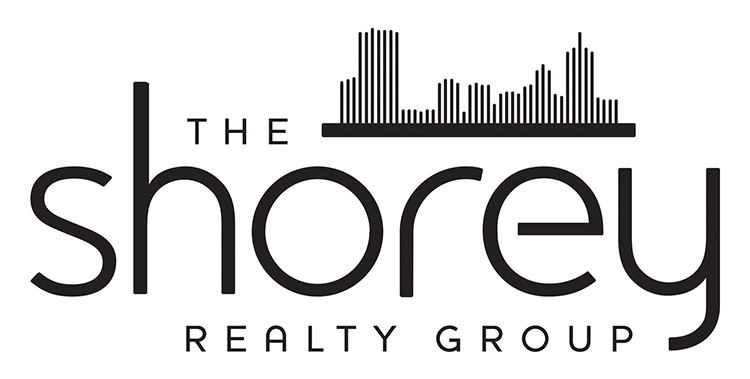National Association of Realtors Forecast for 2015: Existing Home Sales Up 7% and New Construction Could rise 30%.
Inspite of improvements in the jobs market, increasing population growth, rising residential rents, improving inventory, record high household net worth and low mortgage rates, residential sales will be 2% lower in 2014 than 2013 - a mystery!
Because the major factors effecting housing are positive, NAR feels this will drive rising sales in 2015: existing home up 7% and new constuction could surge 30%.
Factors for Improving Home Sales
By Lawrence Yun, Chief Economist, NATIONAL ASSOCIATION OF REALTORS® , http://goo.gl/1VCMiH
Nearly every factor generally associated with home sales has been turning for the better. We have more jobs, growing population, rising rents, additional inventory choices, record-high household net worth, and exceptionally low mortgage rates. On top of these trends, there is accumulating pent-up housing demand from people who underwent distressed property sales several years ago. The penalty period has timed-out and a steadily increasing number of families should be welcomed back to the market. Even rising home prices, though in one sense this is a negative for transactions as they cut into affordability, are bringing existing homeowners out of underwater status and into the game. Rising home prices and the prospect of such a trend can also act as a confidence booster for homebuyers knowing that they will build equity over time.
Despite these positive developing forces, the only variable that refuses to improve has been home sales. Home sales (new and existing combined) look to have declined about 2 percent in 2014. The numbers and logic are not adding up – at least they did not in 2014. It should, therefore, naturally mean that numbers and logic have to prevail in the upcoming years. A soft year in 2014 should mean a robust year in 2015 and beyond.
Let’s revisit the logic by examining each of the factors in detail and see how this should effect housing in 2015.
First, the job market is finally moving along at a nice clip. Over the past 12 months to November, a total of 2.7 million net new jobs have been added. From the low point several years ago, over 10 million net new jobs have been added. The wage and the salary levels may not be the most robust, but they are growing. The average hourly earnings of non-supervisory workers grew 2.1 percent over the last 12 months, a tad higher than 1.7 percent CPI (Consumer Price Index) inflation. The total employee compensation of all the workers combined rose by 4.2 percent. Even with a global economic slowdown, the U.S. looks to move ahead with 2.7 percent GDP (Gross Domestic Product) growth in 2015, translating into 2 - 2.5 million additional new jobs.
Second, U.S. population estimates show slower growth in recent years. In the past year, a tad over two million was added to the country rather than the historic addition of three million each year. Irrespective of this, there are more people living in the country. With these gains, the country should be constructing about 1.5 million new housing units each year. Instead, housing starts are barely scratching one million in 2014 and were well under a million for the six prior years. The worst year in housing starts before the recent cycle was in 1982 when 1.06 million new units were constructed. It was also the time when mortgage rates were touching 18 percent. In other words, we have had a home construction crisis for the past seven straight years. Part of the explanation is due to people living with additional roommates or in their parents’ basement. Now that the economy is improving, it is inevitable that many new households and more housing demand will be created.
Third, renters are feeling the squeeze – not only from roommates’ elbows from living in a crowded place, but also financially. Rents are rising at the fastest pace in seven years. Therefore, an increasing number of renters will check if buying a small-sized entry home makes more sense than paying higher rent.
Fourth, more inventory is showing up on the market. Of course, there are tremendous local market variations, but inventory is better at this point in the housing cycle. The months-supply of inventory has been running at five months and change, where an ideal balance is six to seven. With a drastic reduction in the number of underwater homeowner status, thanks to a cumulative national price growth of 25 percent in the past three years, more sellers will surface. They will be selling in order to buy. The so-called “Great Recession” held back normal migratory moves – to better school districts, larger homes, or closer to a new job location. But the recession is now long over and mobility is getting back closer to normal.
Fifth, we have record-high household net worth. According to the Federal Reserve, the net worth was over $80 trillion in the latest quarter, which is $10 trillion higher than the pre-recession level. The gains are due to a combination of housing equity recovery and a record boom in the stock market. Dissecting the numbers a bit shows that the gains are going to the top 10 percent of families who have a sizable exposure to the stock market. That means the vacation home market is primed to experience meaningful growth.
Finally, we have had surprisingly low mortgage rates for an extensive period. We should nonetheless prepare for rate increases since the Fed has officially ended its quantitative easing policy and the short-term rate is likely to be raised by mid-2015. Fortunately, the rate increases are likely to be modest. More importantly, there will be some relaxation in underwriting standards. Fannie Mae and Freddie Mac have already indicated 3 percent down payment is fine as long as borrowers stay well within their budget. Fannie and Freddie are also further clarifying the mortgage buy-back policy so that mortgage underwriters do not have to worry about re-purchasing defaulting loans as long as they were soundly underwritten.
All in all, the factors that support home sales are moving in the right direction. Home sales will also move in the right direction in 2015. Existing-home sales are projected to rise by 7 percent while new-home sales could experience a 30 percent jump.
Lawrence Yun is chief economist for the National Association of Realtors®.









